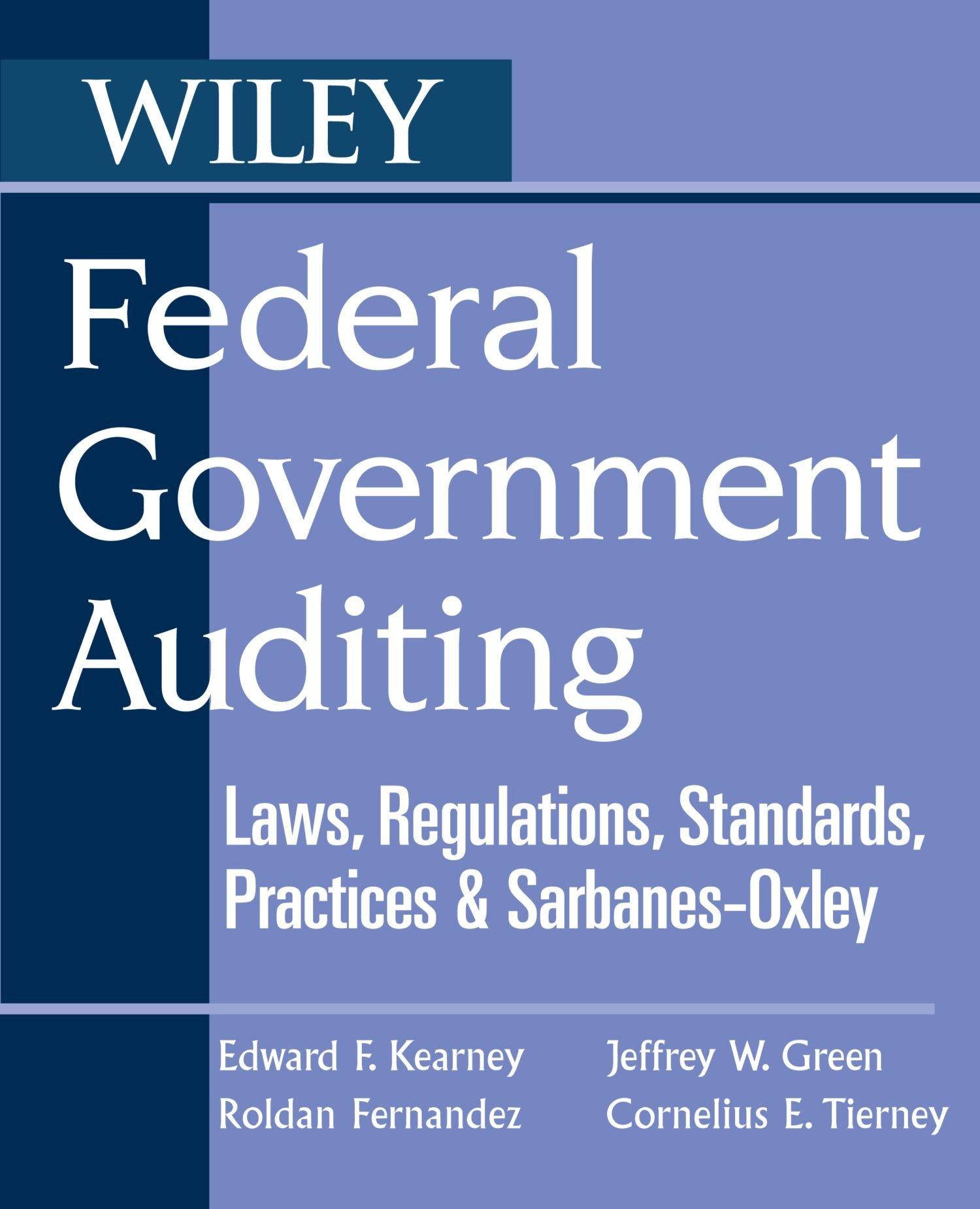Question
The Bear Inc. (the Company) is a manufacturer and distributor of hunting gear. The Company has manufacturing operations and sales and administrative locations in the
The Bear Inc. (the Company) is a manufacturer and distributor of hunting gear. The Company has manufacturing operations and sales and administrative locations in the United States. The Bear files a consolidated U.S. federal tax return.
You are auditing the Companys year-end financials for the fiscal year ended December 31, 2018, and have the following information:
The Tax Cuts and Jobs Act (the Act) was enacted on December 22, 2017, and was accounted for accordingly by the Company. The Act changed the rules related to tax loss carryforwards such that tax loss carryforwards arising in years after 2017 have an unlimited carryforward period though they may only be used to offset 80% of taxable income in a given year. Further, the Act removed the carryback period that had previously been allowed.
The Bears draft income statement and tax footnote as of December 31, 2018:
| (million $s) | 2018 | 2017 | 2016 |
| Revenues | 2,000 | 1,900 | 1,800 |
| COGS | 1,400 | 1,250 | 1,200 |
| Gross Profit | 600 | 650 | 600 |
| SG&A | 500 | 500 | 400 |
| Goodwill impairment | 750 | - | - |
| Operating income | (650) | 150 | 200 |
| Interest expense | 50 | 50 | 50 |
| Income before income taxes | (700) | 100 | 150 |
| Income taxes | ?? | 36 | 54 |
| Net income | ?? | 64 | 96 |
|
|
|
|
|
| Deferred income tax asset accounts |
|
|
|
| Allowance for doubtful accounts | 30 | 25 |
|
| Accruals due to trade payables | 20 | 25 |
|
|
|
|
|
|
|
|
|
|
|
| Deferred income tax liability accounts |
|
|
|
| Depreciation | 15 | 20 |
|
| Prepaid expenses | 35 | 20 |
|
|
|
|
|
|
|
|
|
|
|
| Valuation allowance | ?? | 0 |
|
|
|
|
|
|
| Net deferred tax asset (liability) | ?? | 10 |
|
The Company had $475 million of net operating loss carryforwards. A deferred tax asset realization analysis and projections are shown below:
| (million $s) | Pretax Book Income | Goodwill impairment* |
| 2016 (Actual) | 150 |
|
| 2017 (Actual) | 100 |
|
| 2018 (Actual) | (700) | 750 |
| 2019 | 0 |
|
| 2020 | 40 |
|
| 2021 | 80 |
|
| 2022 | 85 |
|
| 2023 | 90 |
|
| 2024 | 95 |
|
| 2025 | 100 |
|
| 2026 | 105 |
|
| 2027 | 110 |
|
* Goodwill impairment is a permanent difference and nondeductible for tax purposes.
A customer declared bankruptcy in 2018. The Company wrote off all accounts receivable from this customer.
The Company does not have a history of operating losses or tax loss carryforwards expiring unused.
Interpretation Questions (i.e., present your most educated opinions. There may not be a single correct answer. I will grade based on your critical thinking and presentation)
1) In your opinion, which deferred income tax asset and liability accounts in the tax footnote are likely to reverse faster?
Questions (2) to (5) ask your assessment regarding future income projections and thus a need for valuation allowance for deferred tax assets arising from tax loss carryforwards.
2) Based on the companys projections, do you think a valuation allowance is warranted?
3) The Company has projected growth. Does the evidence of historic losses affect our ability to accept the Companys growth projections?
4) Can the Company exclude the impact of the impairment of goodwill in its growth projections?
5) Can the Company exclude the expense from writing off the accounts receivable in its growth projections?
Step by Step Solution
There are 3 Steps involved in it
Step: 1

Get Instant Access to Expert-Tailored Solutions
See step-by-step solutions with expert insights and AI powered tools for academic success
Step: 2

Step: 3

Ace Your Homework with AI
Get the answers you need in no time with our AI-driven, step-by-step assistance
Get Started


